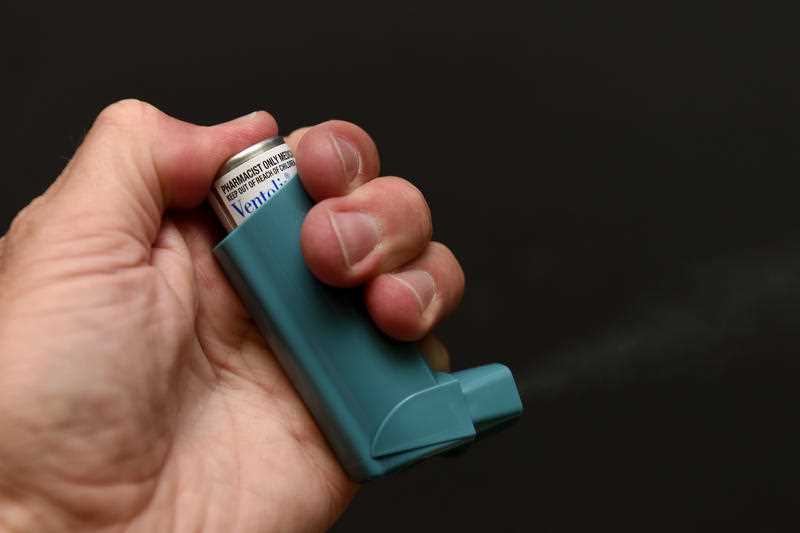Thunderstorm asthma season has arrived and the risk of deadly events is tipped to be higher than normal with a wet end to the year forecast.
The Bureau of Meteorology is predicting heavy spring rainfall for much of the country, increasing the risk of thunderstorm asthma events in late spring to early summer.
“Forecast wet and warm conditions will lead to good grass and vegetation growth over the spring period and this forecast is largely driven by a negative Indian Ocean Dipole, which is the first negative IOD event since 2016,” senior forecaster Keris Arndt said.
Ten people died during or soon after the thunderstorm asthma event in Melbourne on 21 November 2016, with about 1,400 people also treated in hospital.
Those affected included people with and without a history of asthma, those with undiagnosed asthma and others with seasonal hay fever.
National Asthma Council Australia director Professor Peter Wark said those with hay fever and allergies to ryegrass pollen may be at risk of thunderstorm asthma, even if they have never experienced asthma symptoms before.
The respiratory physician reminded asthma suffers living in or travelling to a region with seasonal high grass pollen levels to take their inhaler.
“These steps offer the best protection from worsening asthma,” he said.
Professor Wark also advised asthma or hay fever sufferers to check online grass pollen counts for their region each day and stay inside as thunderstorms approach, particularly during wind gusts just before rain fronts hit.
As wet and wild weather lashes parts of eastern Australia, epidemic thunderstorm asthma season officially begins today, Friday 1 October, and runs until the end of December.
AAP



